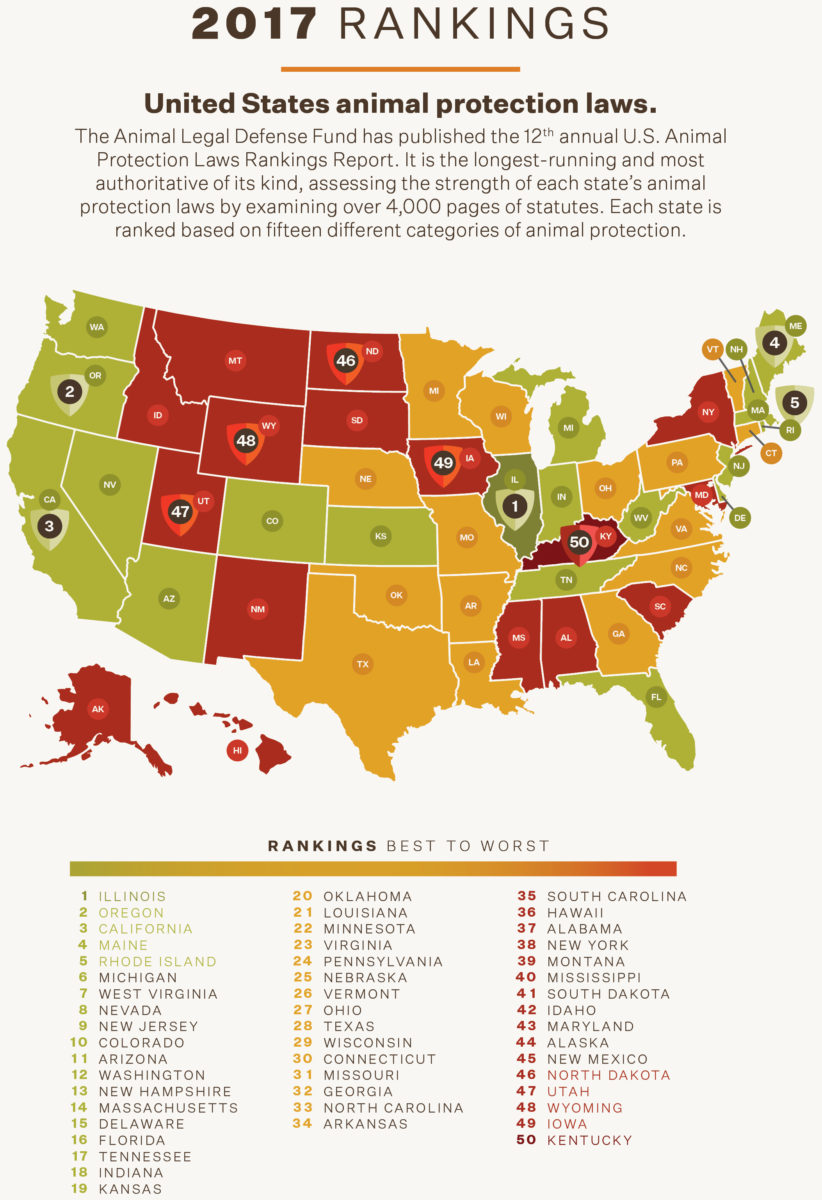Australia is a land of vast landscapes, an oasis teeming with diverse wildlife and unique fauna. However, hidden within this paradise are stories that unveil the darker facets of human behavior—tales of animal cruelty that cast a somber shadow over the country’s reputation as a sanctuary for its creatures. The legal frameworks governing animal welfare vary across the states and territories, leading to a patchwork of laws that can bewilder even the most ardent animal advocates. Understanding these laws is crucial—not just for those who seek justice for these voiceless victims but also for fostering an awareness that resonates through the corridors of society.
In this comprehensive exploration, we will traverse the legal landscape of animal cruelty laws across Australia, examining each state and territory’s approach to prosecuting those who inflict suffering on animals. From the arid deserts of the Northern Territory to the bustling suburbs of New South Wales, we will uncover the shades of grey that exist within the legal definitions and the ensuing ramifications.
New South Wales (NSW)
In New South Wales, the Prevention of Cruelty to Animals Act 1979 serves as the cornerstone of animal welfare legislation. This Act defines animal cruelty broadly, underlining that “cruelty” includes acts and omissions that cause animals unnecessary pain or suffering. In a state where the urban and natural worlds converge, a disturbing reality lurks amidst the picturesque scenery. Penalties for offending can be severe, including heavy fines and imprisonment, highlighting a robust stance against such nefarious actions. However, while enforcement is buttressed by an active animal welfare organization, criticism arises regarding the clarity of enforcement policies, which sometimes create loopholes for offenders.
Victoria
Victoria has taken a progressive stance with its Prevention of Cruelty to Animals Act 1986. This legislation not only delineates acts of cruelty but also mandates that caregivers provide appropriate living conditions for animals. Strikingly, some of the strongest penalties for animal cruelty in the country are found within this framework. Furthermore, the Act includes provisions for both companion and farm animals, making it one of the most comprehensive legal protections available. However, the reality is still marred by high-profile cases of neglect that raise questions about the adequacy of animal inspections and the consistency of prosecutions.
Queensland
In the sun-drenched expanses of Queensland, the Animal Care and Protection Act 2001 governs animal welfare. While this legislation provides significant protections to animals, it is also fortified by a unique component: proactive enforcement. In instances where cruelty is suspected, welfare officers can intervene on behalf of the animal with swifter processes than in some other states. However, challenges persist, especially concerning the criteria laid down for what constitutes “unnecessary suffering.” As highlighted in various cases, the line between acceptable husbandry practices and cruelty can often blur, presenting a conundrum for animal rights advocates.
South Australia
South Australia operates under the Animal Welfare Act 1985, which articulates a strong commitment to preventing cruelty. The Act prohibits acts of cruelty that inflict pain and suffering upon animals, emphasizing that it is the duty of the caretaker to ensure the well-being of their charges. A unique aspect of South Australia’s approach is the emphasis on education and awareness-raising initiatives aimed at fostering a culture of care. However, even with such a framework, instances of animal mistreatment highlight persistent gaps in understanding and compliance, revealing the struggle between law and societal behavior.
Western Australia
In Western Australia, the Animal Welfare Act 2002 delineates a clear mandate against cruelty. The Act delineates various forms of abuse, from neglect to deliberate harm. What stands out is the community engagement efforts that aim to educate the public about responsible animal ownership. Nonetheless, conviction rates for animal cruelty show variability, pointing to the need for more concerted efforts in implementation and advocacy.
Tasmania
Tasmania, with its unspoiled landscapes and rich biodiversity, has the Animal Welfare Act 1993 that operates to protect animals from cruelty. The Act outlines the responsibilities of owners and caretakers while encompassing a broad spectrum of animals. Despite this, critics argue that enforcement is often too lenient, and the cultural ties to farming create complicated dynamics that can trivialize animal suffering, raising critical questions about societal attitudes toward animal welfare.
Australian Capital Territory (ACT)
The Animal Welfare Act 1992 governs the ACT, focusing on preventing animal cruelty through clear and enforceable regulations. The ACT tends to emphasize humane education and community involvement, portraying an inclusive vision for animal welfare. However, enforcement can sometimes be hampered by the lack of resources allocated to proper inspections and prosecutions, leaving room for improvement.
Northern Territory
Finally, in the Northern Territory, animal welfare is governed by the Animal Protection Act 2018. This Act seeks to establish a legal framework against cruelty, but challenges remain in its implementation, especially in remote and indigenous communities where educational outreach is critical. The interplay between cultural practices and animal welfare laws presents both challenges and opportunities for improvement.
In conclusion, while Australia espouses a robust legal framework against animal cruelty, the execution of these laws often varies substantially from one region to another. Entrenched cultural beliefs, resource constraints, and varying levels of public engagement collectively influence the effectiveness of these laws. The terrain of animal rights is fraught with complexities, yet the persistent activism and burgeoning awareness represent a beacon of hope. Only through collective efforts—education, legislative reform, and community engagement—can we aspire to create a society that genuinely champions the rights of all living beings, ensuring that the cries of the voiceless do not go unheard.





